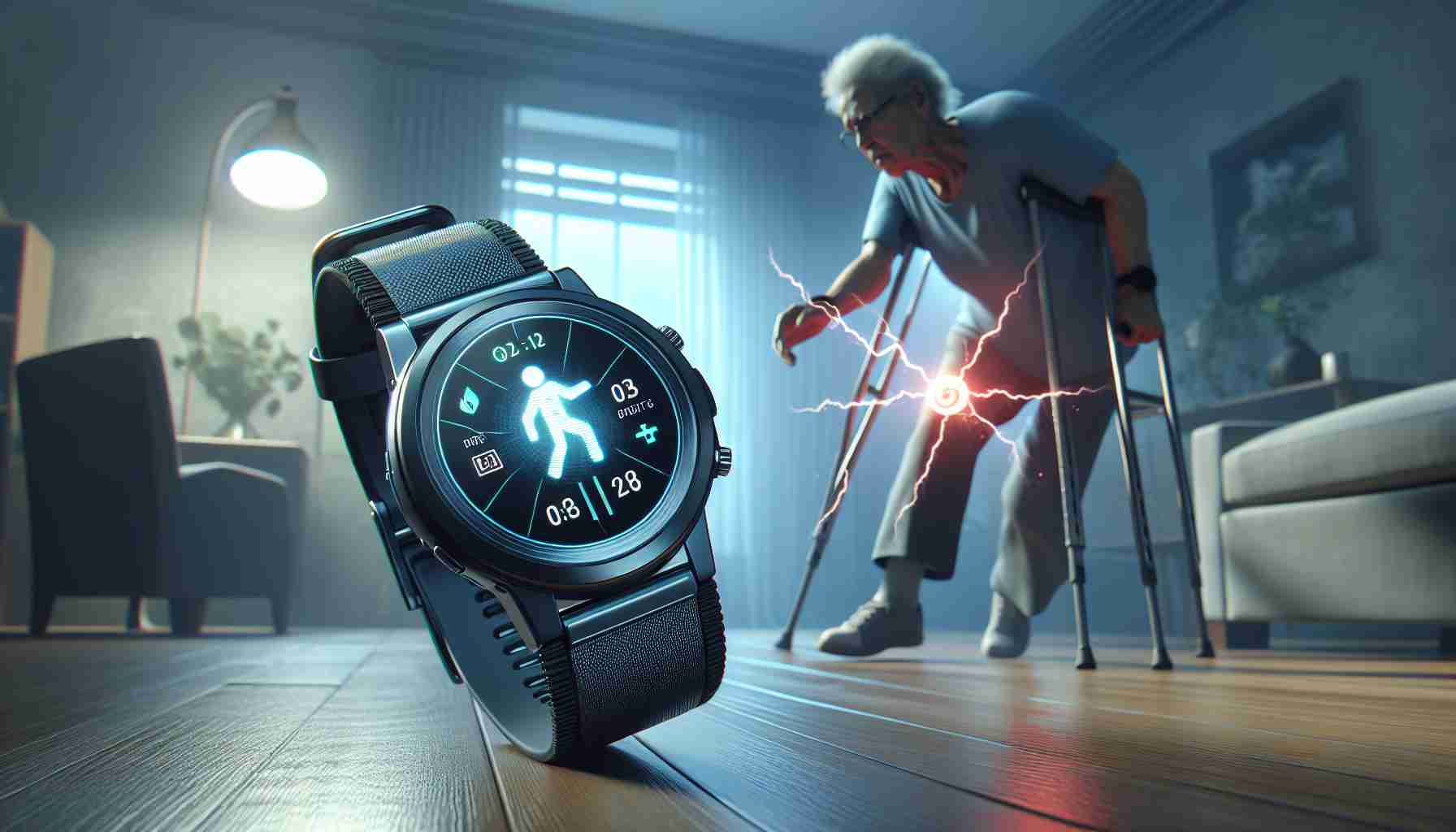Apple devices are renowned for their innovative safety features, with the Apple Watch’s fall detection capability recently coming to the fore in saving a New Yorker’s life. A 49-year-old avid cyclist experienced the necessity of this feature firsthand after encountering a perilous situation on a flooded street.
The cyclist, maneuvering through adverse weather conditions, was unexpectedly hurled off his bike by a hidden pothole. He managed to walk home disregarding the crash, but soon after found himself in dire straits due to a severe nosebleed and loss of consciousness in his bathroom.
The quick-thinking technology on his wrist leapt into action as he fainted; the Apple Watch detected the fall and contacted emergency services. The device established a line of communication with an operator who provided immediate assistance. This not only surprised the cyclist when he regained consciousness but also informed his emergency contacts of the incident.
Introduced with the Series 4 model of the Apple Watch, the fall detection feature deploys sophisticated sensors to identify a hard fall, prompts the user for a response, and in the absence of one, proceeds to autonomously alert emergency services. The incorporation of an accelerometer and gyroscope permits accurate detection and timely response, proving Apple’s commitment to user safety.
An Apple aficionado, the rescued cyclist expressed immense gratitude towards his gadget, stating that its responsiveness in critical situations was nothing short of life-saving. In moments where every second counts, such smart technology can mean the difference between a tragedy and a tale of survival.
Apple Watch Fall Detection Feature – Questions, Challenges, and Controversies
The inclusion of a fall detection feature in the Apple Watch has sparked important questions and discussions about user privacy, data security, and technology reliability. Here are some of the most pertinent questions with responses:
1. How does the Apple Watch detect a fall? The feature uses an accelerometer and a gyroscope to sense the wearer’s movement patterns. When it detects a motion that resembles a fall, it initiates a series of responses.
2. Is fall detection enabled by default on all Apple Watches? No, it’s turned on by default for users aged 65 and over. Younger users need to manually enable it in the Watch app on their iPhone.
3. Can the fall detection feature be triggered accidentally? While the technology works to minimize false positives, certain high-impact activities may mistakenly trigger the alert.
Challenges and Controversies
One key challenge is ensuring the accuracy and minimization of false positives without compromising the sensitivity needed to detect genuine falls. Over-detection could burden emergency services, while under-detection poses a risk to the user.
Moreover, there are privacy concerns regarding the handling and storage of the health data collected by the device. Users may be cautious about who can access their data and under what circumstances.
Advantages and Disadvantages
Advantages:
– The feature can expedite emergency assistance, potentially saving lives.
– Provides peace of mind for users and their loved ones.
– Can be especially valuable for elderly or at-risk individuals who live alone.
Disadvantages:
– May not detect a fall accurately in every scenario, leading to false alarms or a failure to alert.
– Privacy concerns related to the collection and use of personal health data.
– Reliability is contingent on the device’s battery life and network connectivity.
For those interested in exploring more about this topic and Apple products, you can visit the Apple homepage at Apple. Please verify URLs to ensure validity before visiting since web addresses can change or become outdated.
The source of the article is from the blog windowsvistamagazine.es
